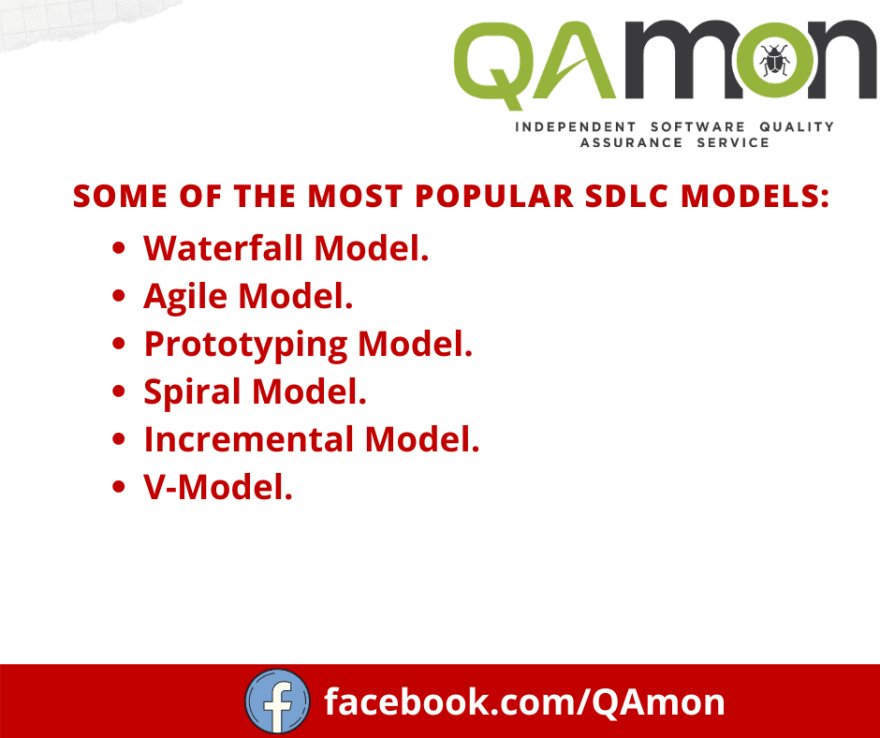Waterfall Model:
The waterfall model is a sequential model that divides software development into pre-defined phases. Each phase must be completed before the next phase can begin with no overlap between the phases.
Those phases are Communication, Planning, Modeling, Construction, Deployment. The waterfall model is used when all the requirement is clear.
Agile Model:
The Agile SDLC model is a mix of iterative and incremental process models focused on process adaptability and customer satisfaction through the rapid delivery of the product with working software. Usually, each iteration lasts from about one to four weeks.
Some of those models are Scrum, Dynamic Systems Development Method (DSDM), Crystal Methods, Feature-Driven Development (FDD), Lean Development (LD), Extreme Programming (XP), Adaptive Software Development (ASD).
Prototyping Model:
The prototyping model is a software development model in which a prototype is built, tested, and reworked until an acceptable prototype is achieved. It used when requirements are not clear.

Spiral Model:
The process is portrayed as a spiral rather than a series of backtracking activities. In the phase, each loop in the spiral represents a stage. No set stages, such as design or specification.
Incremental Model:
Incremental Model is a process of software development where requirements divided into multiple standalone modules of the software development cycle.
V-Model:
The phase is arranged in parallel with this type of SDLC model testing and development. There are therefore verification steps on the side of SDLC and on the other side of the validation process. The V-Model is joined by the coding phase.



Top comments (0)